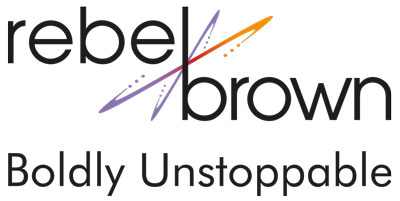When is the last time you read your marketing collateral from a customer’s perspective? Been a while? So do this now. Go grab that latest brochure or product sheet. Now try reading it as if you knew nothing about your business, its products or its expertise.
What are the top three messages you come away with? Can you even narrow it down to three?
Technology companies tend to take the ‘throw everything at the wall’ approach to messaging. I don’t mean that negatively. Well, maybe I do. It’s just that technology products have so many different ways they can impact different customers, so many cool things that companies want to talk about.Tech marketers often fall into the trap of trying to tell everyone everything – and then let the audience pick what’s valuable to them.
The problem? Customers can’t ‘consume’, much less remember, all the messages you give them. They are not sponges. They can’t absorb every aspect of your technology like you can – they don’t live and breathe it every day as you do. Neither do your sales reps for that matter. Neither do your partners.
When you overload your audience with too many messages, you risk not communicating at all.
The solution? Try synthesizing everything to threes.
Three is the magic marketing number. Okay, I’ll admit, sometimes I stretch it to five. But never, ever, more messages than that. Anything more is noise.
Why three? Because studies have shown that that’s the optimum amount of information ‘buckets’ that a person can process at any given point in time.
“But I have more messages than three, more value!”
Sure you do. The trick is to create, organize and then tie your story together so that it flows in blocks of three messages at a time.
So how do you do that? I create a positioning matrix with three facets***. Starting at the highest level, I create three key messages, then drill down into stories within each facet. For example:Start by synthesizing your overall message into three key areas. I usually create these messages, around three standard arenas; your company and its expertise, your solutions and their customer value, and your market and your leadership within it.
- Under each of those aspects, create up to three evidence messages that demonstrate your success in that specific area. At this point, I’m usually still at the business level benefits, and I haven’t entered the technology zone as yet. Think business evidence, based on customer success, at this point in time.
- Under each of those three areas, add three highly specialized messages with very specific proof points. And guess what? Now your messaging can dive into those technology claims you were chomping at the bit to share.
- Now go look at your target markets. For each target market, apply the top three messages that map to their specific problems. Tune them to meet the specific market needs, and add the supporting evidence you need from real world customers in that market.
Great messaging synthesizes a crisp and compelling story that customers and prospects easily and quickly comprehend and value.
By following the rule of threes, you’ll be able to create just those stories.
***
For more on how to create a positioning matrix, check out my blog at Fusion PR: Positioning 101.





